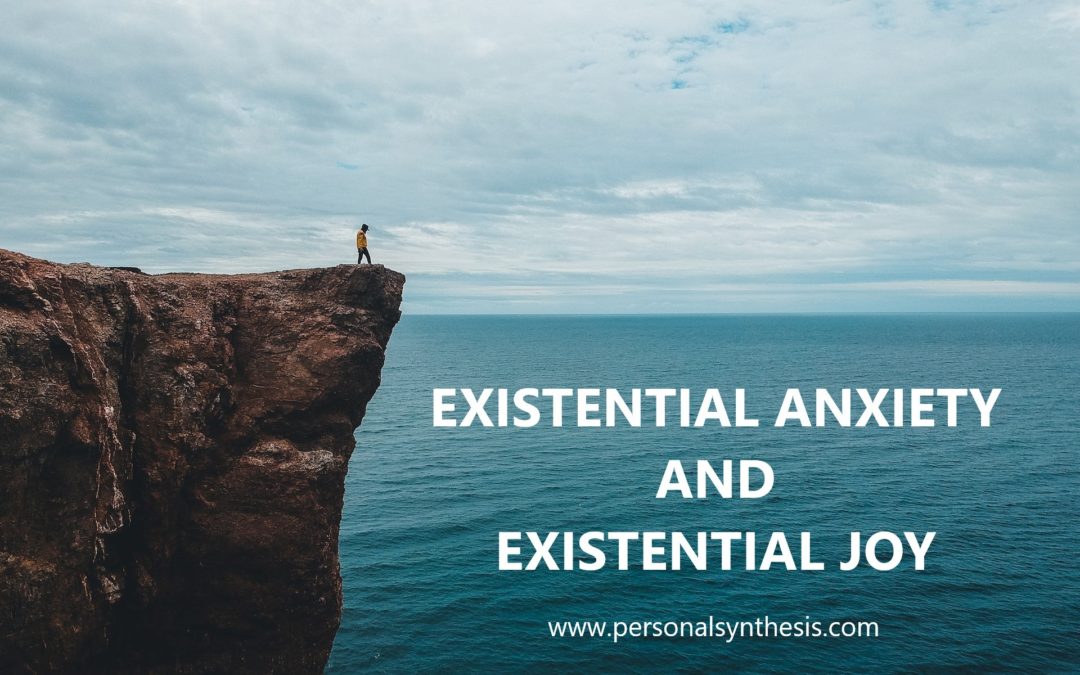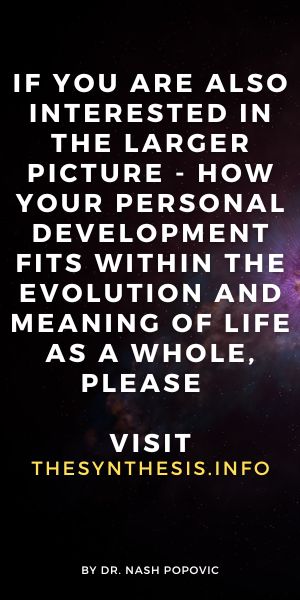This section consists of books, articles, online resources, short stories and novels that may be of interest to readers who would like to study some (or all) areas in greater depth. Sieving through an immense number of titles to make this selection was an enjoyable but daunting task. Of course, this list can never be definitive and will require continuous updating; for this reason everybody is invited to make further suggestions. Not all suggestions will necessarily be accepted, but they will all be considered. So if you have any recommendations for fictional or non-fictional material that is insightful or inspiring and can be related to one of the above areas, please let us know.
The Map
For those interested in other attempts at mapping the mind, Hampden-Turner’s Maps of the Mind offers an informative and comprehensive collection of such models.
Self-awareness
Janette Rainwater’s You’re in Charge: A Guide to Becoming Your Own Therapist (particularly chapters 1, 4, 5 and 6), and Know Thyself in Emotional Intelligence by Daniel Goleman, focus on this area. If you are interested in introspection, read Hixon, J.G. & Swann, W. B. When does introspection bear fruit? Self-reflection, self-insight, and interpersonal choices in Journal of Personality and Social Psychology, Vol. 64, No.1, 1993. Those drawn to dream interpretation may find this article useful: Malinowski, J. Was Freud right about dreams after all? Here’s the research that helps explain it, in The Conversation, 2016: https://theconversation.com/was-freud-right-about-dreams-after-all-heres-the-research-that-helps-explain-it-60884. In fiction, James Joyce’s Ulysses, one of the most significant novels overall, is recommended (but it is not an easy read).
Relating to oneself
Stan Taubman’s Ending the Struggle Against Yourself and the more recent The Self-Acceptance Project: How to Be Kind and Compassionate Toward Yourself in Any Situation by Tami Simon, deal with the topic in some depth. Some may also find the article Mindfulness and self-acceptance by Carson, S & Langer, E. from Harvard University (Journal of Rational-Emotive & Cognitive-Behavior Therapy, Vol. 24, No. 1, 2006) useful. In fiction, a humorous account of self-distortions can be found in Who Moved my Blackberry by Martin Lukes.

